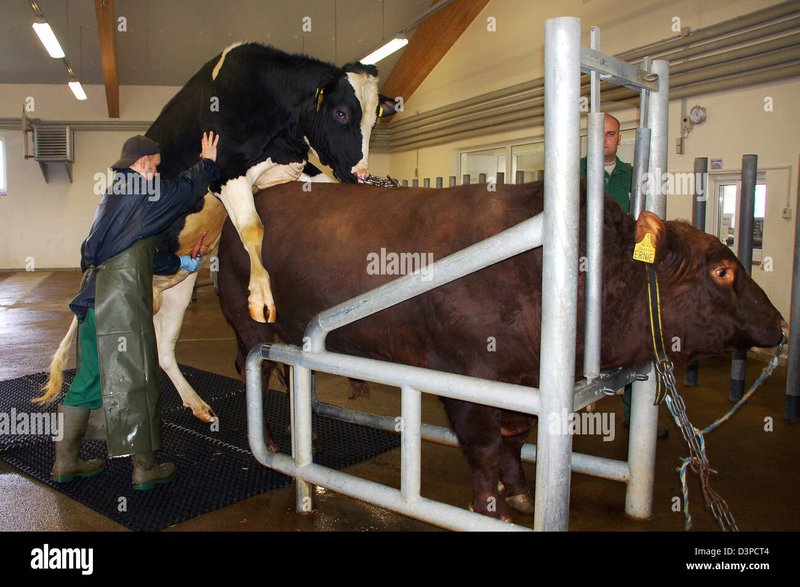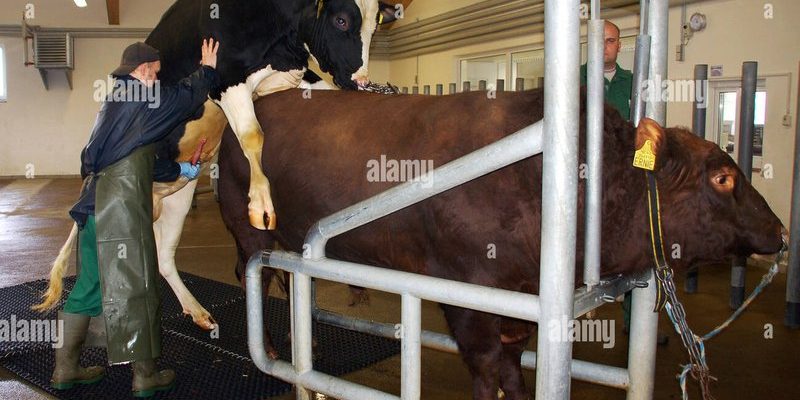
Gestation is a crucial phase in the life of a goat, much like a mother preparing for a new baby. Understanding what happens during this time, how to manage the kidding process, and what care the newborn kids need afterward can make all the difference. So, let’s grab a cup of coffee and dive into the world of breeding Boer goats!
Understanding Goat Gestation
Gestation in Boer goats typically lasts around 150 days, or about five months. It’s a fascinating time when you’ll witness your doe (female goat) go through several changes, both physically and behaviorally. During this period, it’s essential to provide her with a balanced diet enriched with essential nutrients. Think of it as a prenatal care plan; the healthier the mother, the healthier the kids.
You might notice some early signs of pregnancy. Does often become more affectionate and may even exhibit nesting behavior. Providing a comfortable space for her becomes crucial. Ensure that the pen is clean and free from drafts, as a cozy environment promotes the well-being of both the mother and her future kids.
As the pregnancy progresses, you’ll want to monitor her weight and ensure she doesn’t become overweight, which can complicate kidding. The last month is especially important, as this is when the kids are rapidly developing. If you have questions, don’t hesitate to consult with a veterinarian for tailored advice.
Feeding and Nutrition During Gestation
Here’s the thing: proper nutrition during pregnancy lays the foundation for healthy kids. A good diet for your pregnant doe should include:
- High-Quality Hay: Make sure she has access to good forage. Grass hay or alfalfa will provide the necessary fiber.
- Grain Supplement: Gradually introduce grain to ensure she gets enough calories, especially in the last trimester.
- Mineral Blocks: Offering a mineral block can prevent deficiencies that may affect both mother and kids.
Being attentive to her food intake isn’t just about keeping her full; it’s about supporting her health and the health of the kids she’s carrying. If you notice any drastic weight changes or health concerns, it’s worth reaching out to a vet.
Preparing for Kidding
Kidding is the exciting part when the kids arrive! As you approach the due date, you’ll want to prepare a safe and clean area for the doe. This place should be quiet and away from other animals to reduce stress. Think of it as setting up a nursery—every little detail matters!
You should have specific supplies on hand for kidding day. Here’s a quick list of what you might need:
- Clean Towels: Useful for drying off the kids once they’re born.
- Disinfectant: For cleaning the area to maintain hygiene.
- Gloves: For any necessary assistance during the birth.
It’s also smart to keep a close eye on your doe as she gets closer to her kidding date. Signs of impending labor include restlessness, nesting behaviors, and possibly a drop in appetite. Understanding these signs can help you be present when she needs you the most.
The Kidding Process
When the big moment arrives, stay calm and let nature take its course. Most Boer goats can handle kidding without assistance, but you should always be prepared for any complications. If she seems to struggle, it’s okay to step in gently.
Typically, the first kid will be born in a position called “presentation,” where the forelegs and head come out first. After that, it usually takes about 15 to 30 minutes for each subsequent kid. After the birth, keep an eye on the kids to ensure they’re breathing and nursing. This bonding time is crucial for their health!
It’s also a good idea to keep track of each kid’s birth weight and gender. This information will be useful when you’re managing your herd in the future.
Kid Care After Birth
Once the kids have arrived, the focus shifts to proper care and feeding. Kid care is vital for nurturing strong, healthy goats that can thrive. Immediately after birth, the kids should start nursing within 30 minutes. This early milk, known as colostrum, is packed with nutrients and antibodies that help protect them against diseases.
You might find it beneficial to keep a close watch on the kids for the first few weeks. It’s common for them to be a bit wobbly at first, but they should start standing and moving around quickly. If you notice any lack of energy or reluctance to nurse, consult your vet.
As they grow, you’ll begin to introduce solid foods around 2 to 3 weeks old. A mix of high-quality hay, starter grain, and fresh water should do the trick. It’s like setting them up for their first day of school—prepping them for the big wide world ahead!
Health Monitoring and Vaccination
Just like with any family member, keeping an eye on their health is crucial. Regularly check for signs of common goat diseases, such as coughs, diarrhea, or unusual behavior. If you notice anything concerning, don’t hesitate to ask your vet for advice.
Vaccinations are also an important part of kid care. Work with your vet to develop a vaccination schedule that protects your goats from common issues. Staying proactive with health care can save you a lot of trouble down the road.
Common Challenges and Solutions
Every breeding venture comes with its fair share of challenges. You might face issues like low milk production from the doe or weak kids that struggle to thrive. Here are some potential solutions for challenges you may encounter:
– Low Milk Production: Sometimes, a doe may not produce enough milk. In this case, supplementing feed with high-quality grain or providing extra nutrition can help boost her milk supply.
– Weak Kids: If kids are weak or having trouble nursing, providing them with a high-quality milk replacer can help ensure they get the nutrients they need.
Managing these challenges requires patience and a bit of creativity, but remember: you’re not alone. Reaching out to fellow goat breeders or a veterinarian can provide valuable insights and support.
Breeding Boer goats can be incredibly rewarding when done right. From planning for gestation to managing the kidding process and caring for those adorable kids, every step is integral to your goat-raising journey. Just as with any new venture, patience, observation, and a little bit of love go a long way.
So, grab your supplies, prepare your space, and embark on this exciting chapter. With the right knowledge and care, you can raise a healthy herd of Boer goats, watching them thrive and grow in your care. Whether it’s for meat production or just a passion, the world of Boer goats is waiting for you!

